
Health & Medicine
A new type of immune cell may cause lifelong allergies
These special memory cells were present in people with allergies and absent in those without.
Come explore with us!

These special memory cells were present in people with allergies and absent in those without.
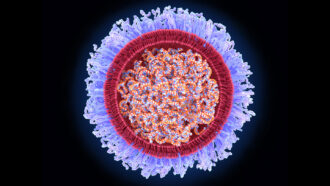
Katalin Karikó and Drew Weissman overcame hurdles to using mRNA for medicine. This led to COVID vaccines — and maybe, one day, some for other infections.
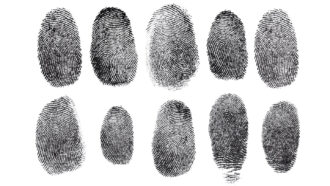
Let’s investigate whether fingerprint patterns are created randomly or whether they are influenced by genetics.

Ayla was treated before birth for the rare, life-threatening Pompe disease. Now a thriving 16-month-old toddler, her treatments will still need to continue.
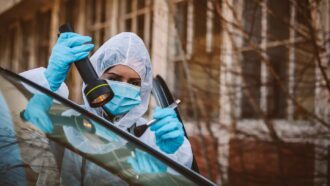
Advances in forensic science are helping to recover invisible fingerprints and identify missing people from bits of tissue or bone.

A variant of a gene involved in hair-shaft formation was linked to most of the uncombable-hair-syndrome cases analyzed in a recent study.
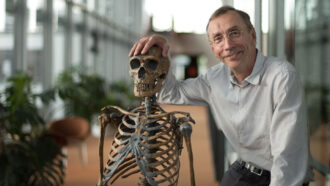
Svante Pääbo figured out how to examine the genetic material from these hominid ‘cousins’ of modern humans.
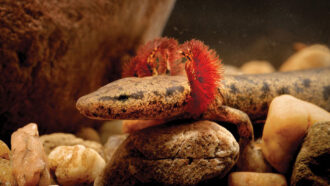
The genomes of salamanders are bloated with genetic “parasites.” That extra DNA slows down their lives and strands them in perpetual childhood.
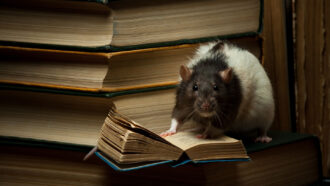
Rats have lived alongside people for thousands of years. Now, scientists can study the rats and their leavings to learn more about ourselves.
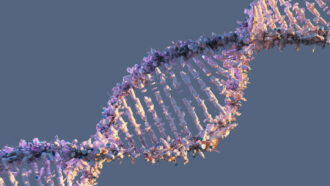
Short for deoxyribonucleic acid, DNA is the molecule that determines how each living thing looks and works.